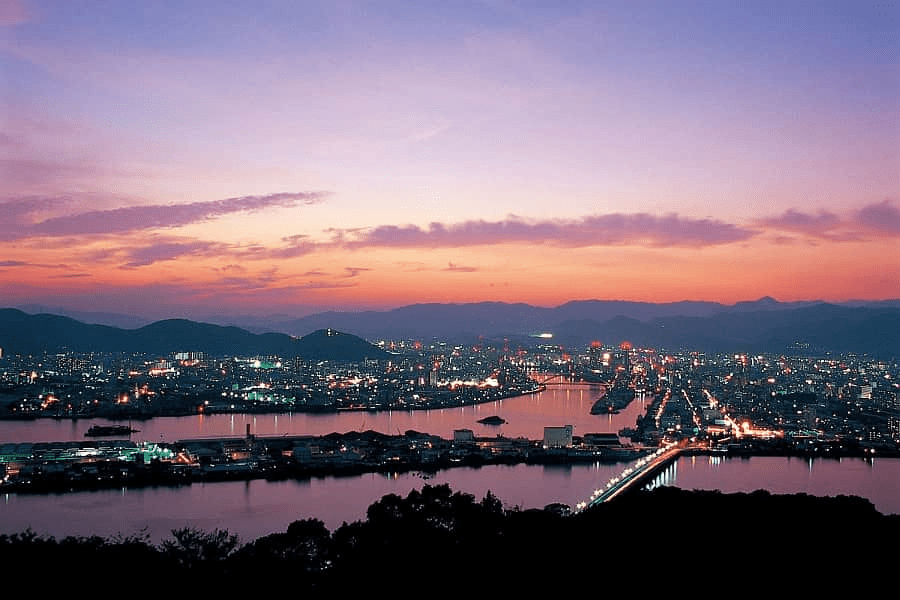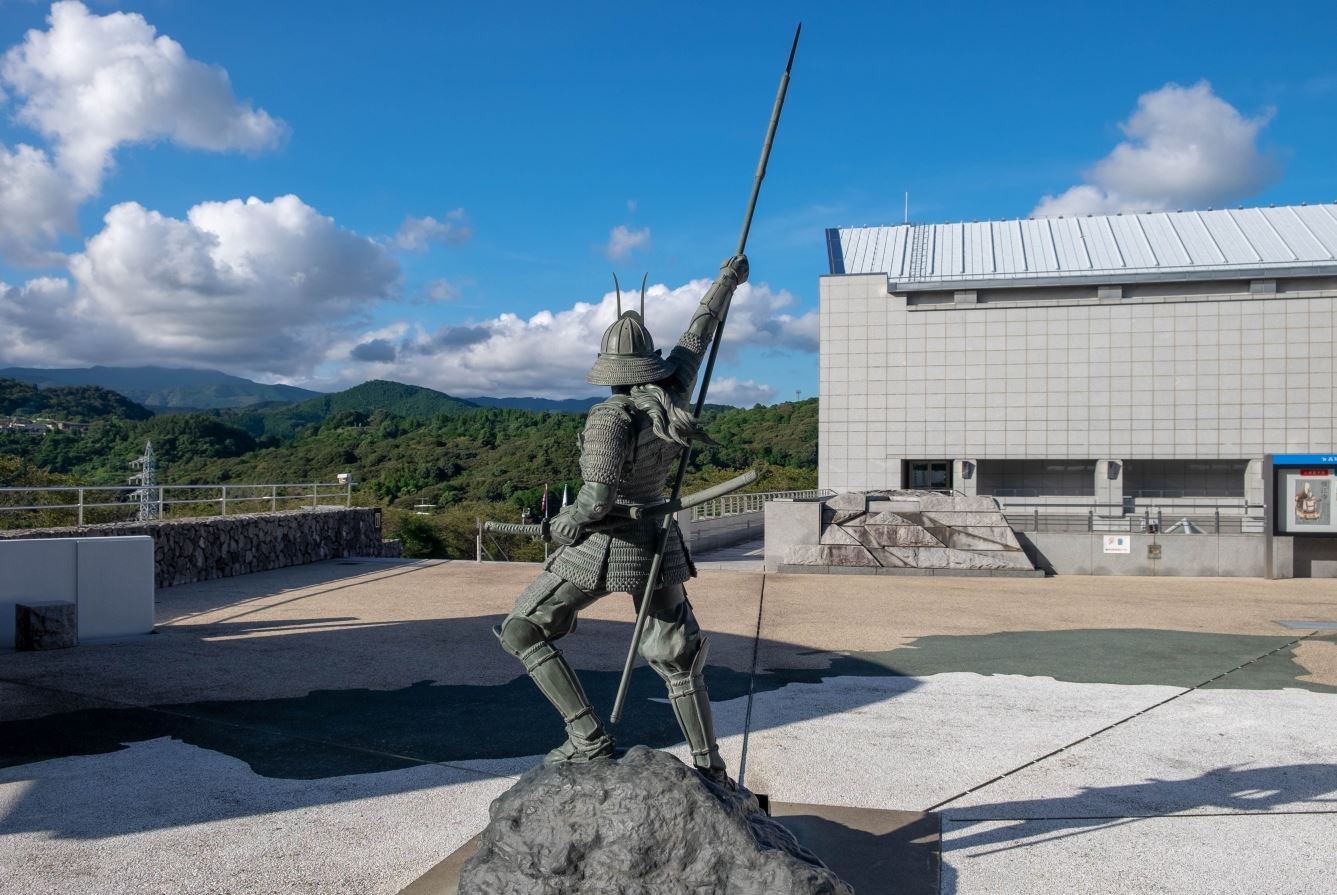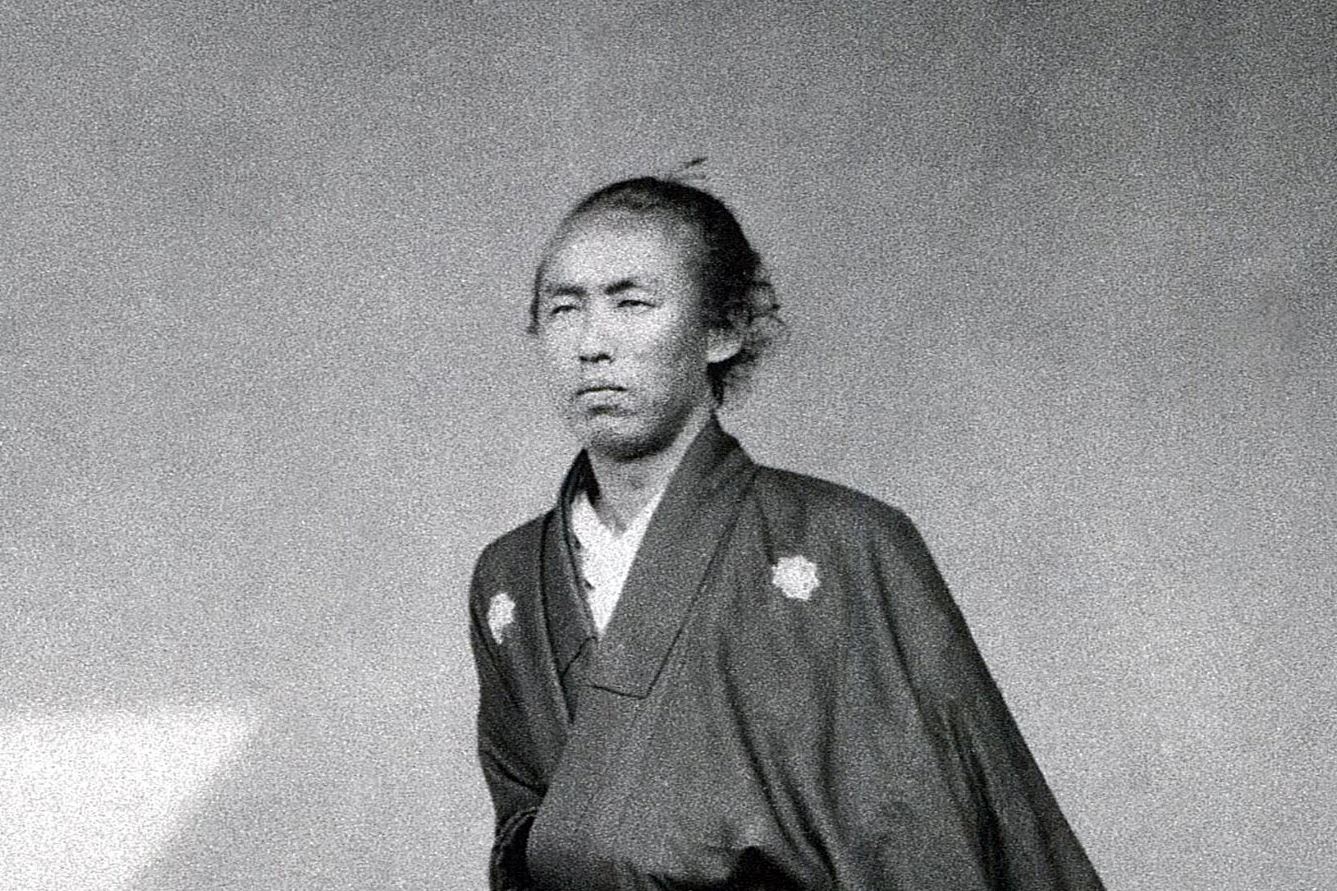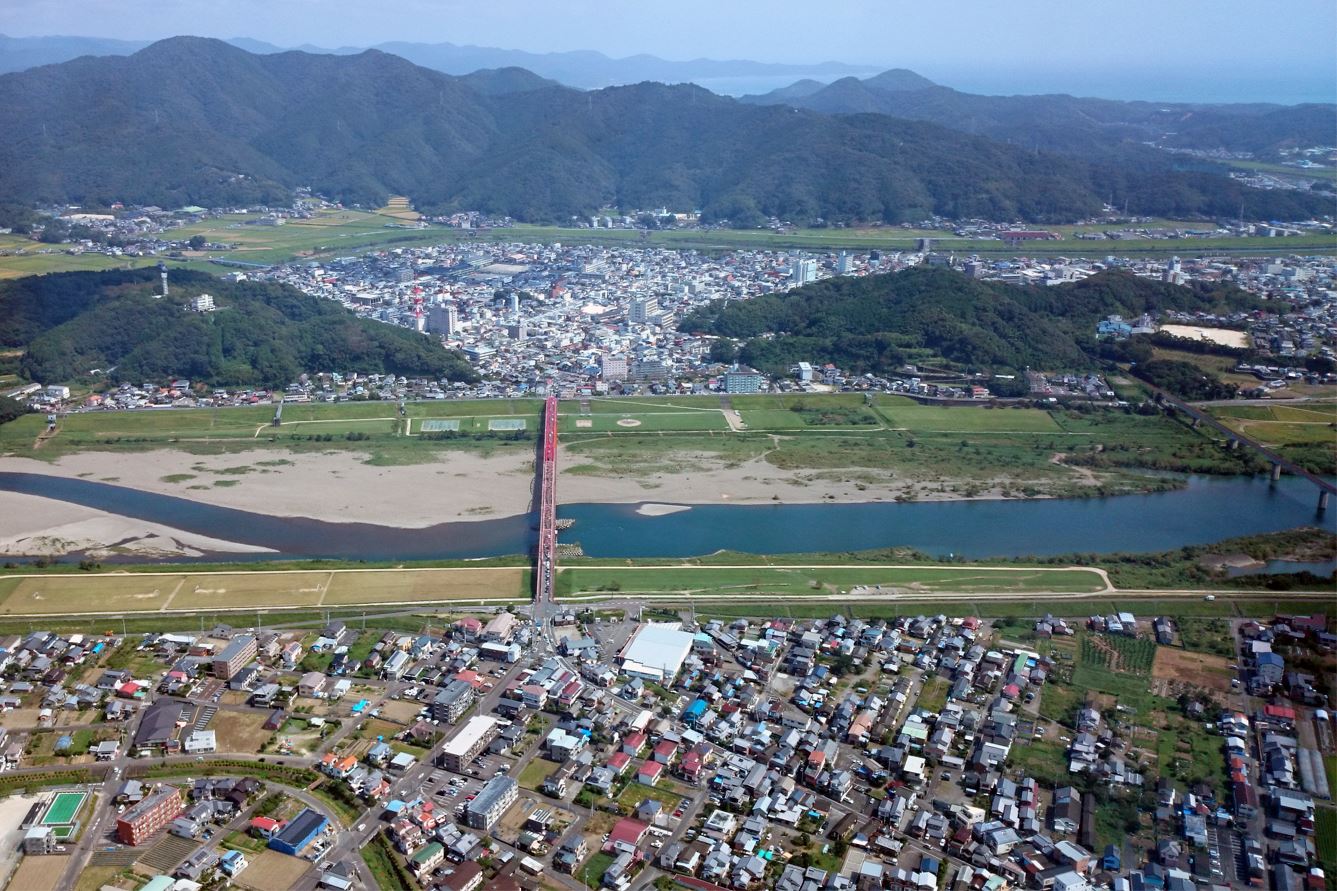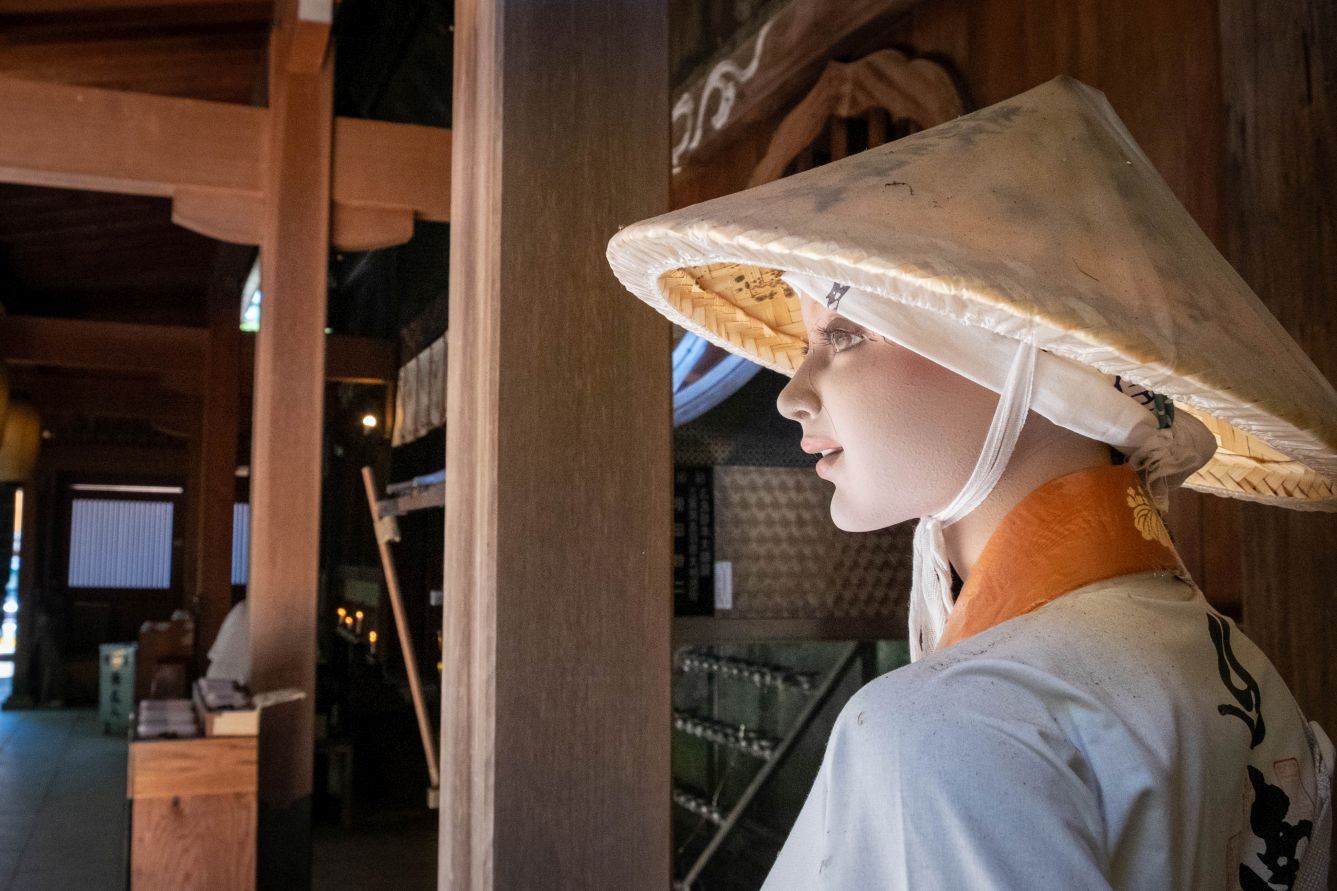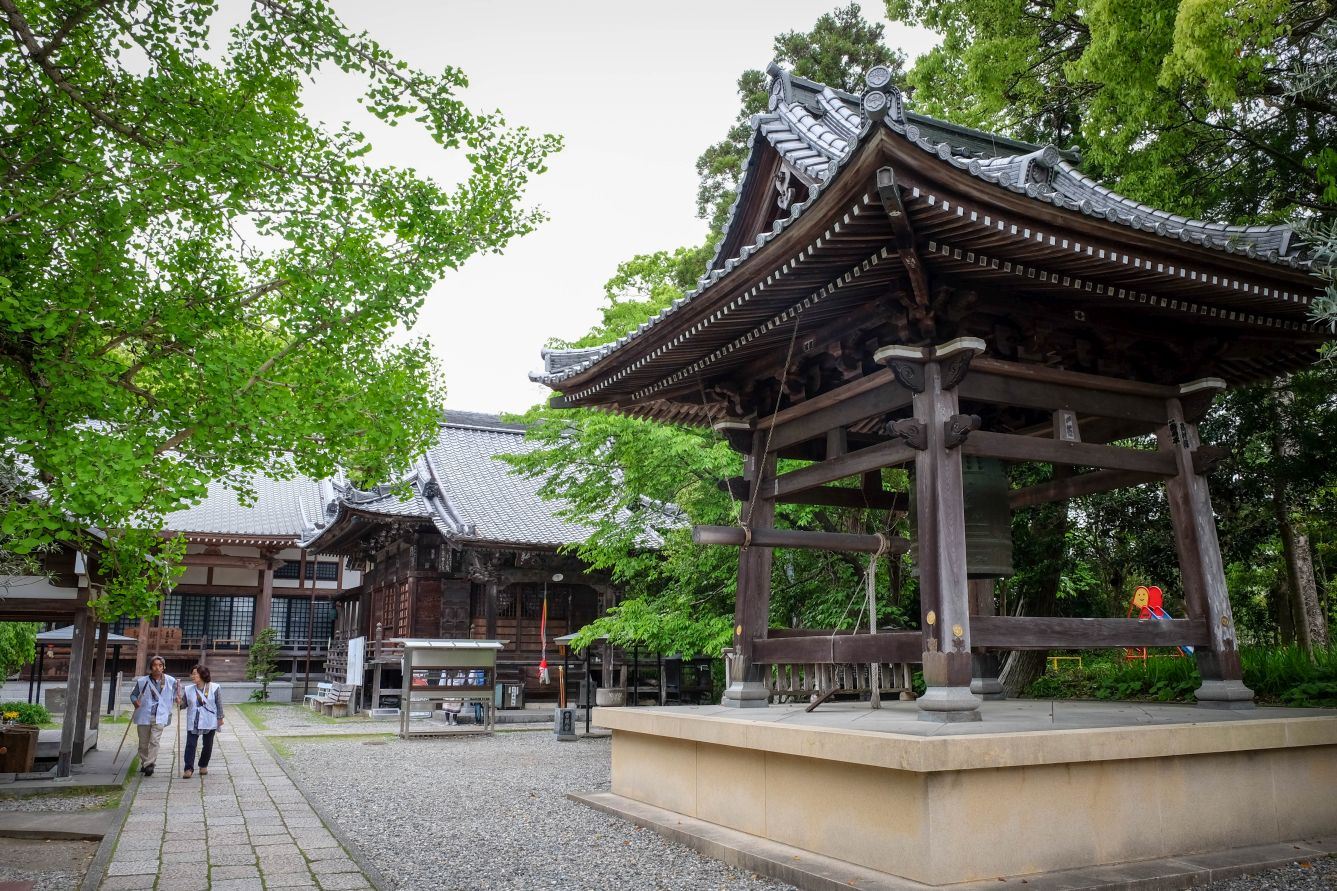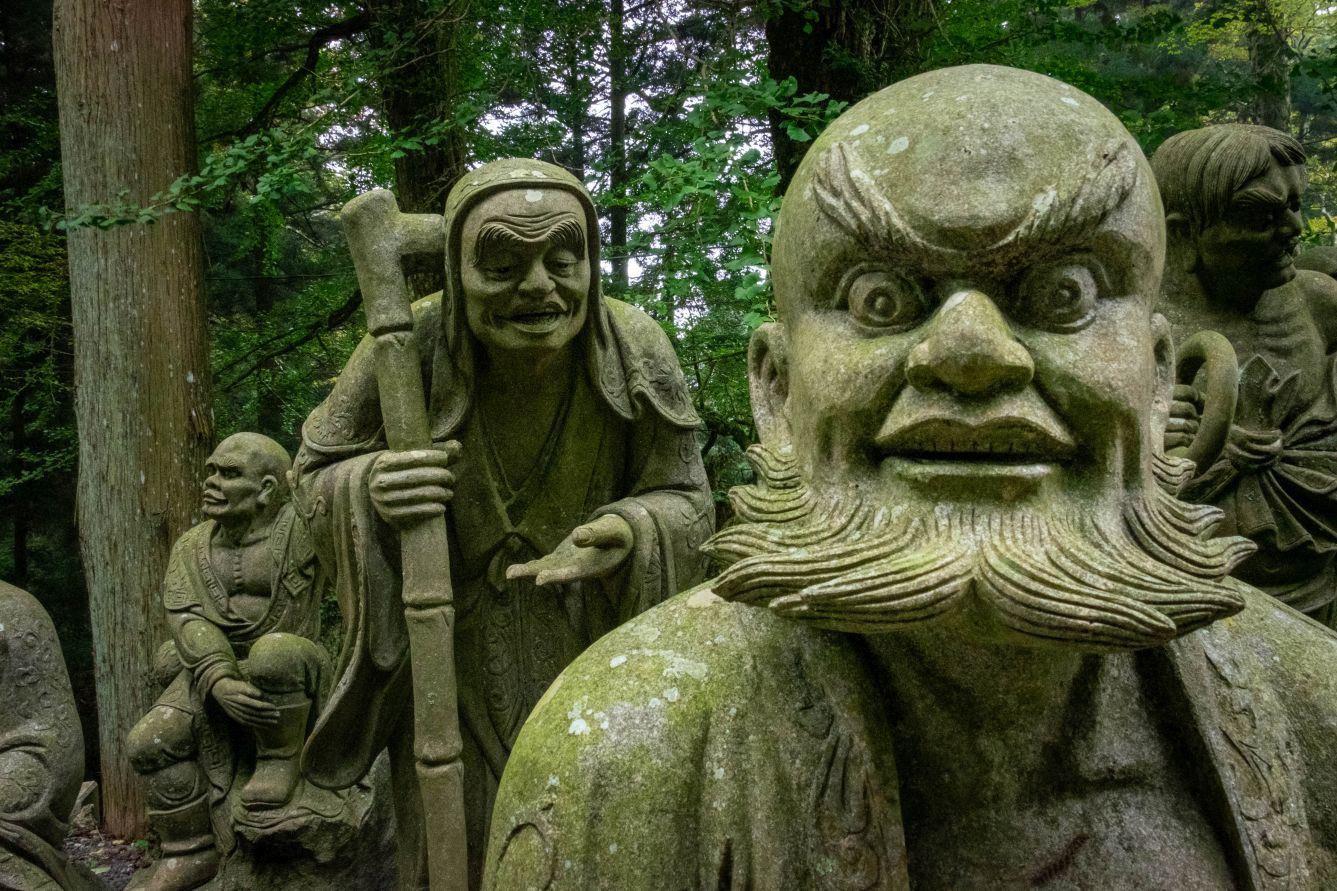Chōsokabe Motochika
Home » Chōsokabe Motochika
Chōsokabe Motochika
Name In Japanese : 長宗我部 元親
Pronunciation : chōsokabe motochika
Period : 1539 to 1599
As you look through the information about the pilgrimage temples in this website, or you visit the temples themselves and read the signs in English, you’ll notice that somebody called ‘Chōsokabe’ burned down an awful lot of temples. Who was Chōsokabe, and what is the reason for his impious acts?
In medieval Japan, as in medieval Europe, religious institutions were centres of learning and prestige. The knowledge held by Buddhist temples encompassed a great deal of all the learning available at the time. In addition to the extremely important issues of life after death and augury, it included many matters unrelated to religion, such as architecture, civil engineering, medicine and so on. The temples were much larger then than they are today, with many more buildings. More than places of worship, they functioned simultaneously as libraries, universities, hospitals, administrative centres, and often as fortresses. Consequently, to burn down an enemy’s temples was both a humiliation and a devastating blow against their total capacity—spiritual, moral, intellectual, social, and strategic.
So who was this temple-burning person, and why did he do it?
Chōsokabe Motochika was born at Okō Castle in the domain of Tosa, today’s Kōchi Prefecture. His father, Kunichika, was a vassal of the Ichijō Clan, based in western Tosa. After he came of age, Motochika began defeating various local rivals, until he was in a position to overthrow the Ichijō in a battle at Nakamura in 1573.
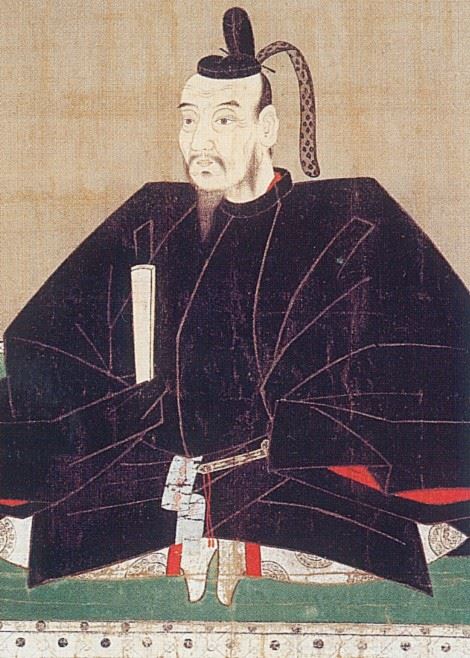
The power of feudal lords such as the Chōsokabe was based largely on the productivity of their lands, particularly rice. Lords of domains rewarded their vassals with productive land, who in turn paid their soldiers with rice. Tosa was not particularly productive in rice, creating a quandary for Motochika. He solved it by subjugating the whole of Shikoku.
Just as Tosa was riled with internecine warfare before Motochika consolidated it under his power, so too were the other domains in the rest of Shikoku. The Kōno Clan of Iyo, today’s Ehime, were weakened by their own rivalries, and in 1580, Chōsokabe drove their leader Kōno Michinao into exile. He burned down the temple of Ishite-ji in their domain.
In 1582, he moved east into Awa, today’s Tokushima, defeating the Sogō clan. The next year, his troops took Sanuki, today’s Kagawa, to the north. More temples were burned. In this way, Chōsokabe cemented his power over the whole of Shikoku.
However, events outside Shikoku were soon to impinge heavily on Chōsokabe. On the mainland, other warlords had been consolidating, and in 1584 Toyotomi Hideyoshi was ready to add Shikoku to his vision of a unified Japan. Stretched beyond his means to resist the 90,000-strong invasion force, Chōsokabe accepted Hideyoshi’s terms. He would become a vassal of Hideyoshi and keep the entire domain of Tosa. The rest of Shikoku would no longer be his.
As a vassal of Hideyoshi, Chōsokabe was then required to fight in Hideyoshi’s invasion of Kyūshu in 1587, where his son Nobuchika was killed in battle. In 1590 Motochika led a naval force to support of the siege of Odawara, and in 1592 commanded troops in the invasion of Korea. On his return from Korea, he became a monk at Fushimi in Kyōto. He died in 1599. His tomb is located not far from Temple No. 33, Sekkei-ji, where his son’s ashes are interred. The temple is known as the birthplace of the Tosa School of Confucian Studies, which Motochika favoured as a means of cementing his power while ensuring the wellbeing of his subjects.
Temples destroyed by Chōsokabe;
Temple 1 Ryōzen-ji
Temple 3 Konsen-ji
Temple 5 Jizō-ji
Temple 7 Juraku-ji said to have been burned by Chōsokabe
Temple 9 Hōrin-ji
Temple 13 Dainichi-ji
Temple 15 Awa Kokubunji
Temple 19 Tatsue-ji
Temple 51 Ishite-ji
Temple 54 Enmei-ji
Temple 55 Nankōbo
Temple 63 Kichijō-ji destroyed in a battle between Chōsokabe and Kobayakawa warriors
Bangai Temple 2 Dōgaku-ji
Chōsokabe is said to have conceived of his plan to make all of Shikoku his own when he visited Unpen-ji which overlooks all four prefectures. The priest tried to dissuade him. Chōsokabe went on to burn down many temples, but he spared Unpen-ji.
The Kōchi Prefectural Museum of History stands next to the remains of Okō Castle. It has a room dedicated to the Chōsokabe, with many evocative exhibits.
Related Tours

Experience the most beautiful and interesting temples of the Shikoku Pilgrimage in seven days.

A tour for families or friends, staying in the most characterful kominka and ryokan of Shikoku.

Visit the most beautiful and interesting temples of the Shikoku Pilgrimage and walk the toughest trails.

